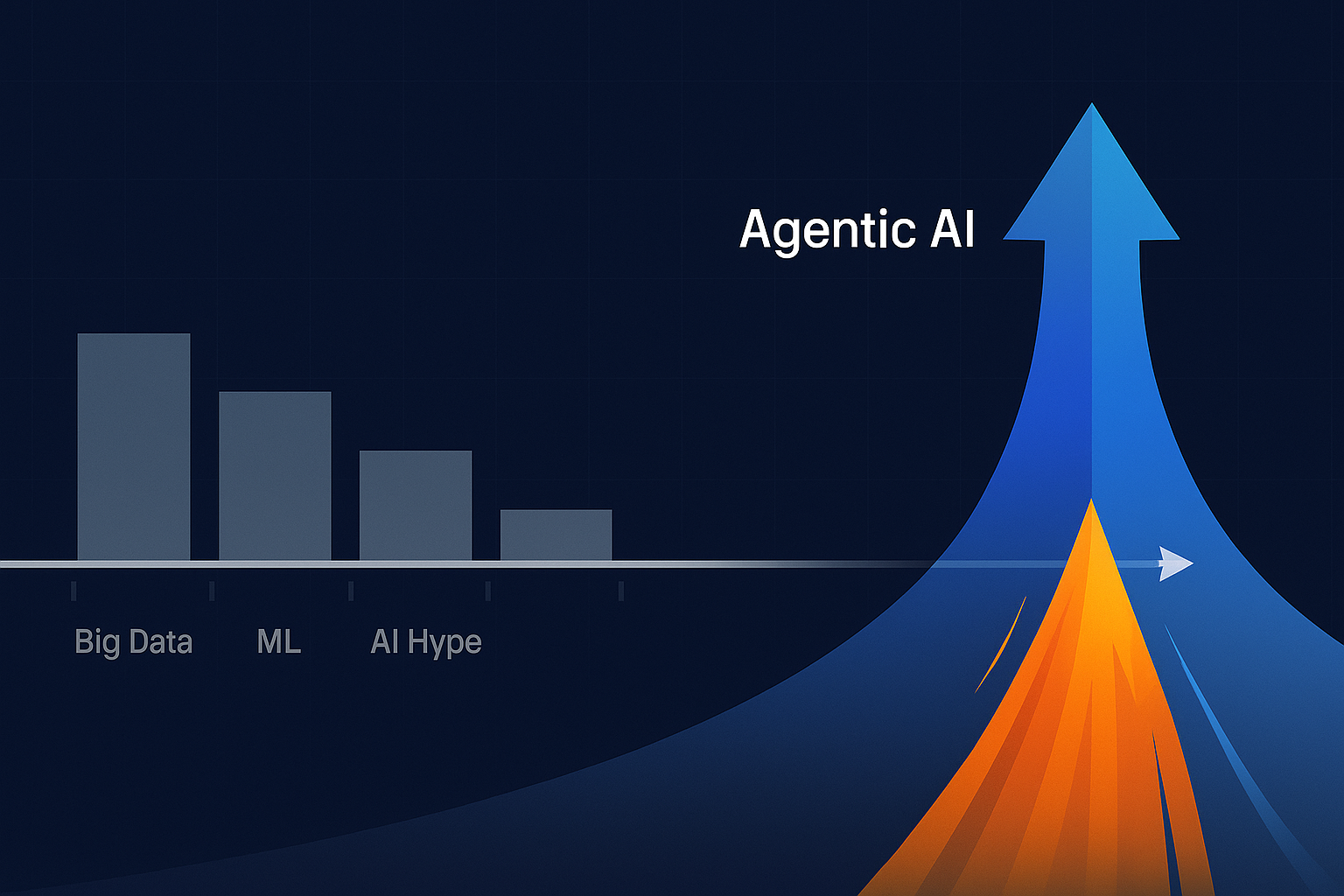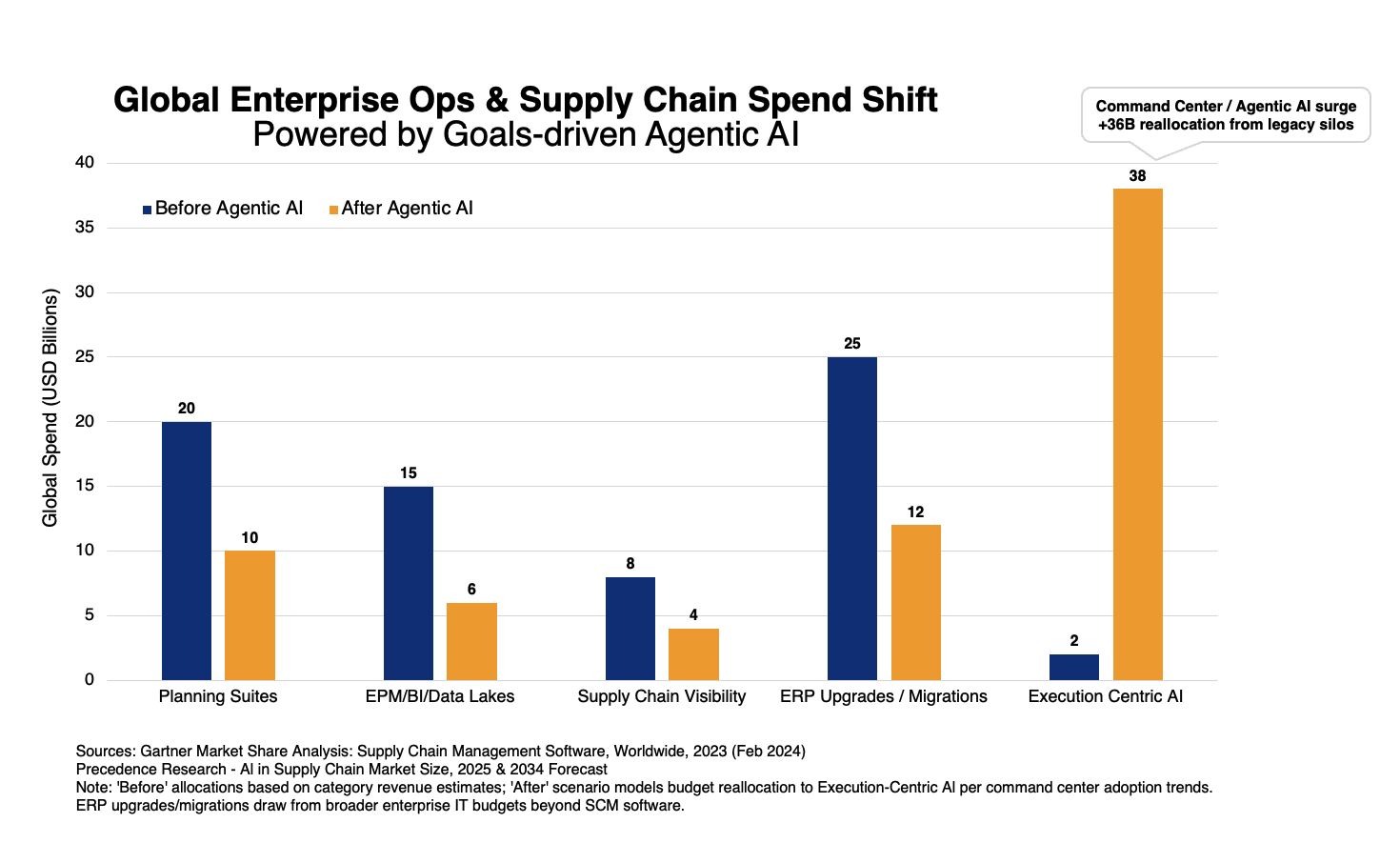Current E-Commerce Trends and the Implications for Enterprise Operations
E-commerce has been shifted noticeably by the global pandemic, creating some changes and accelerating others that were already underway. Aside from the shift to online shopping for late adopters, we are also seeing trends such as more desire for convenience, availability, and faster shipping among consumers—and expansion to global markets for businesses.
What does the current e-commerce trends mean for enterprise operations and supply chain management in 2021? Here are three current trends for e-commerce and their implications for enterprise operations.
More Sensitivity to Stockouts
2020 was a year when many essential goods were in short supply — frantic runs on toilet paper come to mind. So, it’s not surprising that consumers began prioritizing availability and convenience of products instead of loyalty to a certain brand. Beyond the initial panic, consumers were also more willing to switch brands to find cheaper options as the global economic recession persisted. That means e-commerce customers are now more sensitive to a lack of availability — making stockouts more costly than ever for retailers.
For enterprises, it’s not enough to use historical data on demand to plan your inventory given the unpredictability in e-commerce that has resulted from COVID. When there is unusual seasonal demand or peaks and valleys, you can’t rely only on past patterns to make decisions. You’ll need to use real-time data points and predictive intelligence to plan and optimize your inventory.
Having real-time visibility into your shipments and the capacity to monitor the supply chain from end-to-end is also critical to attracting and retaining customers. Retailers can’t afford for products to not arrive in time and contribute to stockouts. They need to take a bird’s eye view of the data across the supply chain to monitor demand, stock at internal and partner locations, production schedules, and planned inward movements of stock. They also need to understand what factors are causing delays, whether it’s a problem with a vendor or a port gridlock. Data and analysis in real-time can help supply chain teams monitor the shipments that will make it in time, shipments that need to be expedited, shipments that need to be rerouted and more — in order to optimize operations and avoid stockouts.
- Faster shipping
It wasn’t so long ago that a majority of consumers were not inclined to pay for expedited shipping. Today, nearly 90% of consumers are willing to pay for same-day delivery. This trend has persisted during the pandemic even though consumers are somewhat more tolerant of slow deliveries or shipping errors—they understand that supply chains have been disrupted. Meanwhile, Millennials and Generation Z continue to drive the trend toward faster and faster e-commerce shipping – approximately 40% prefer purchasing from retailers with same-day shipping even at an additional cost.
Operational intelligence can help supply chains achieve faster shipping in a variety of ways. Operational intelligence systems can analyze your data to help you understand not just what is in demand, but what items will soon be in demand so that you can plan accordingly. Machine learning can predict the fastest shipping routes — including where there might be traffic delays or adverse conditions — and then help you schedule your shipments. Data can also be leveraged to understand which vendors (such as 3PLs) are the speediest and most reliable. In cases of unpredictable events that disrupt the supply chain, operational intelligence can also pinpoint the problem and help you make real-time decisions with agility.
- New foreign markets
U.S. e-commerce brands that have been able to tap into new international markets during the pandemic have seen some impressive numbers. Did you know that 85% of the world’s purchasing power lies outside of the U.S.? While sales have been flagging at U.S. retail stores, demand for U.S. products abroad are surging with year-over-year online sales in countries like Israel rising 178 percent, similar results in Ireland and New Zealand, and Asian markets also seeing impressive growth in cross-border sales.
Optimizing cross-border e-commerce supply chains requires visibility first and foremost because there are so many moving parts, including foreign suppliers, global carriers, global ports, customs, and local 3PLs. With the disruption from COVID, we have seen how important it is to have visibility into key aspects such as the situation with raw materials in a foreign country, the capacity of foreign logistics providers to meet their obligations, and fluctuating customer demand. E-commerce enterprises entering foreign markets need to collect data from every link of the supply chain and connect it. Supply chain teams necessarily require getting a complete view of their global operation and the ability to harness that data to optimize the journey — even from afar.
For better or worse, consumer behavior has been dramatically shifted by the pandemic. And these trends in e-commerce are here to stay. It’s no secret that the supply chain is a key area of competitive differentiation for e-commerce. Retailers that have been able to shift their supply chain operations to adapt to the most relevant e-commerce trends are sure to be the winners in the post-pandemic world.







